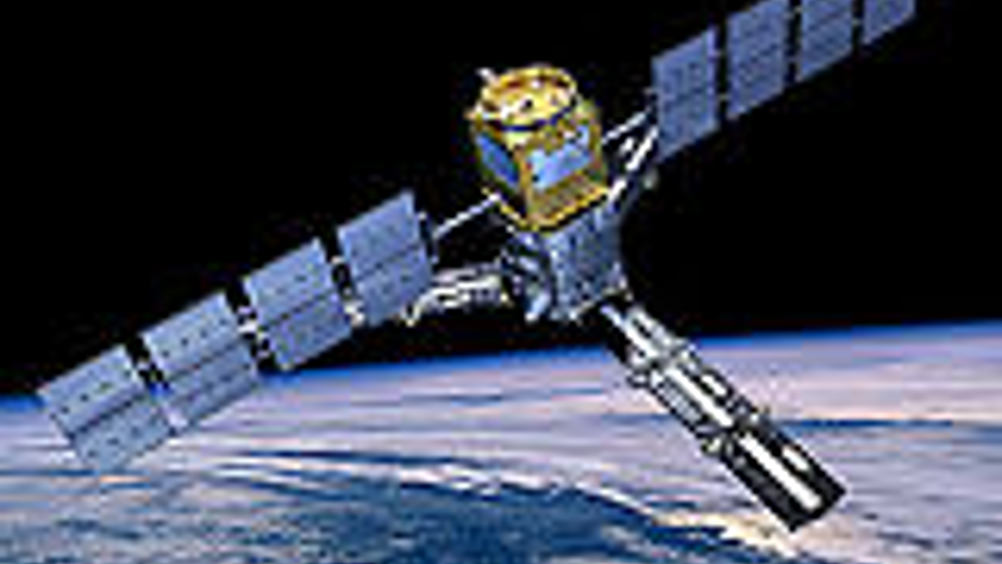Microwave sensing assesses state of water
The amount of moisture in soils and the saltiness of oceans is being monitored from space using L-band microwaves.

The Earth Explorer Soil Moisture and Ocean Salinity (SMOS) satellite was lofted into space in the early hours of 2 November 2009 from the Plesetsk Cosmodrome in northern Russia and has now been successfully operating for a year. The portion of the L-band that SMOS observes in – from 1400 to 1427 MHz – is reserved for passive observations by international radio regulations. However, using such a relatively low frequency would normally need a very large antennas that would have meant that mechanical steering would have been a real challenge. SMOS, on the other hand, uses small antenna elements with a wide field-of-view to provide the required area coverage. The interferometric processing of all the signals from the antennas achieves the fine spatial resolution required, without any mechanical scanning.
Despite some problems caused by interference from radar, TV and radio transmissions, which are gradually being turned off, the mission is now said to be delivering a wealth of data on soil moisture and sea-surface salinity.
Speaking about soil moisture data, Yann Kerr from the Centre d'Etudes Spatials de la Biosphere said, "From monitoring drought and floods down to the soil conditions that lead to locust hatching, SMOS is fulfilling all our expectations and more. Further availability of the data will open up new research areas, paving the way to new successes."
On the salinity front, Nicolas Reul from Ifremer said, "One year after launch the ocean salinity data are very promising. However, we still have a little way to go to filter and understand the signals in order to reach the measurement goal of 0.1–0.2 practical salinity units."
http://www.esa.int/esaMI/smos/SEMOU2ZRA0G_0_iv.html
http://www.esa.int/SPECIALS/smos/SEMM1K4PVFG_0.html
http://www.esa.int/SPECIALS/smos/SEMM1K4PVFG_0.html









